While expanded metal and perforated metal may look and sound similar, there are several important differences between them. These two products can be used for many of the same industrial applications, but each provides specific benefits that make them ideally suited for particular uses.
Perforated metals are often used for architectural applications such as building facades, fences and partitions. Because perforated metals are punched and cut, dies can be designed to cut patterned shapes into sheet metal for a variety of purposes, both decorative and functional. The shape of metal perforations can determine a material’s usefulness for blocking microwaves, sound waves or light; perforated metals are used in all these industries.
Expanded metal sheets, while capable of many of these applications, excel in a different area entirely. The stair treads, walkways, catways and floor gratings found so commonly in industrial facilities, construction sites and even many commercial buildings are made from industrial expanded metal. Unlike perforated metals, expanded metals are slit and stretched, creating a pattern of three dimensional structures and giving the metal more strength. This slitting and stretching process sets expanded metals apart from perforated metals in cost and fabrication time. Because expanded metals are slit and stretched, there is virtually no waste material, significantly lowering fabrication costs. It’s also a fairly quick process, making custom expanded metal stair tread orders fast and cost-effective.
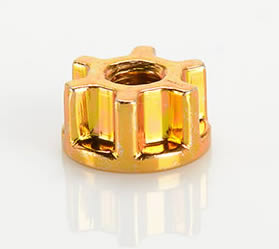 Cold Headed Parts
Cold Headed Parts Expanded Metals
Expanded Metals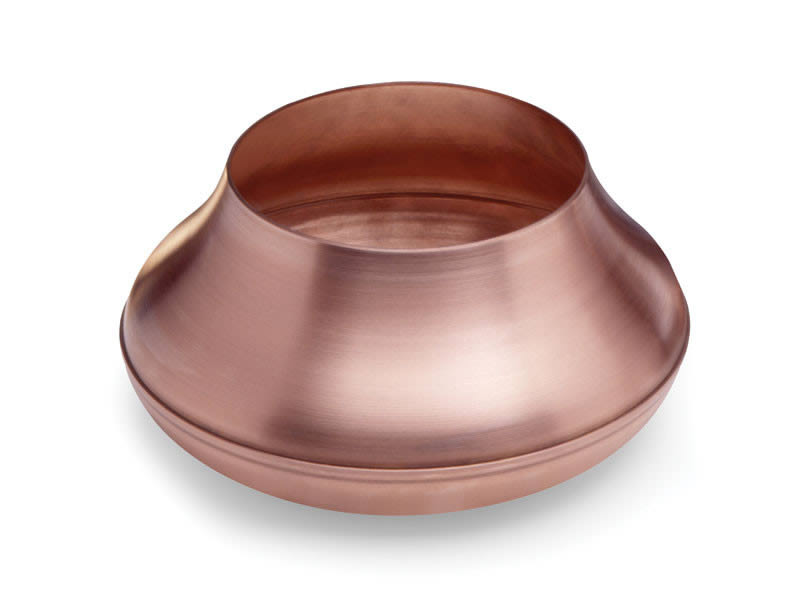 Metal Spinning
Metal Spinning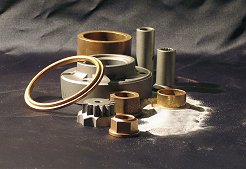 Powdered Metal Parts
Powdered Metal Parts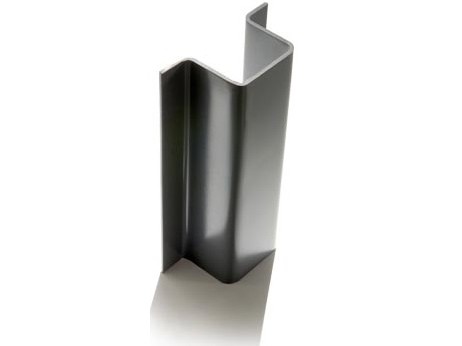 Roll Forming
Roll Forming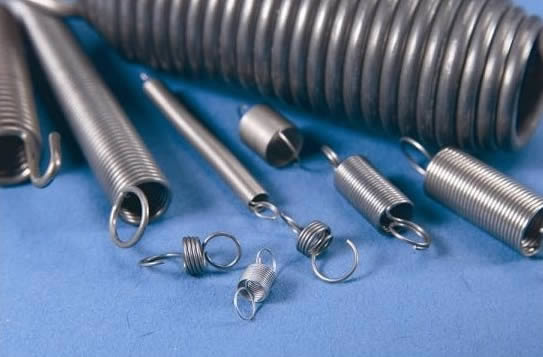 Springs
Springs Wire Forms
Wire Forms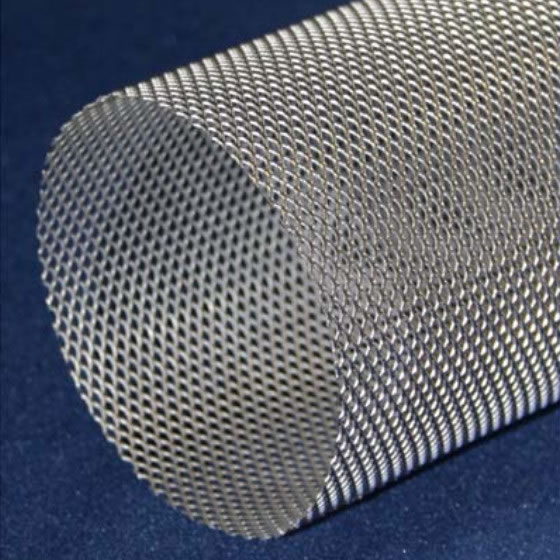 Wire Mesh
Wire Mesh Castings & Forgings
Castings & Forgings Bulk Material Handling
Bulk Material Handling Electrical & Electronic Components
Electrical & Electronic Components Flow Instrumentation
Flow Instrumentation Hardware
Hardware Material Handling Equipment
Material Handling Equipment Metal Cutting Services
Metal Cutting Services Metal Forming Services
Metal Forming Services Metal Suppliers
Metal Suppliers Motion Control Products
Motion Control Products Plant & Facility Equipment
Plant & Facility Equipment Plant & Facility Supplies
Plant & Facility Supplies Plastic Molding Processes
Plastic Molding Processes Pumps & Valves
Pumps & Valves Recycling Equipment
Recycling Equipment Rubber Products & Services
Rubber Products & Services